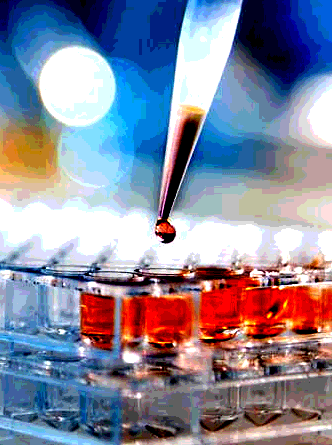Lab-grown tissue tested
 A breakthrough biomaterial that mimics human tissue is being developed in Australia.
A breakthrough biomaterial that mimics human tissue is being developed in Australia.
A groundbreaking lab-created biomaterial with remarkable properties has been developed by scientists at UNSW Sydney, potentially revolutionising the fields of medical research, food production, and manufacturing technology.
This new hydrogel material emulates the qualities of human tissue and could reduce the reliance on animal-derived materials in biomedical research.
Hydrogels are essential elements found in all living organisms, including animals and plants like seaweed.
While synthetic hydrogels are widely used in various products, their capacity to replicate the intricate properties of human tissue has been limited.
In a recent publication in Nature Communications, UNSW researchers unveiled a new lab-made hydrogel that closely resembles natural tissue, offering unexpected features with significant implications for medicine and technology.
Associate Professor Kris Kilian from UNSW's School of Materials Science & Engineering and School of Chemistry says the hydrogel is constructed from simple, short peptides, the building blocks of proteins.
It exhibits strong bioactivity, where encapsulated cells behave as though they are within natural tissue, coupled with its antimicrobial nature, making it ideal for medical applications.
Furthermore, the hydrogel possesses the remarkable ability to self-heal after compression, fractures, or injection, rendering it suitable for 3D bioprinting and injectable medical materials.
The discovery of this extraordinary hydrogel emerged during the COVID-19 lockdown through computer simulations conducted by PhD student Ashley Nguyen.
She identified a unique peptide sequence, known as ‘Trpzip’, which self-assembles into a gel.
This development has the potential to replace ethically concerning natural materials, often derived from animals and posing immune response issues when used in humans.
To evaluate Trpzip's suitability for biomedical research, Dr Shafagh Waters from the School of Biomedical Sciences at UNSW Sydney collaborated with A/Prof Kilian's team.
Dr Waters currently employs Matrigel, a hydrogel sourced from mouse tumours, for patient tissue culture.
Trpzip offers a more uniform and cost-effective alternative that could significantly benefit biomedical research.
The potential for Trpzip hydrogels in various applications is substantial, with the team eager to explore pathways for commercialisation.
By reducing the reliance on animal-derived products, this innovation may also diminish the need for animal testing in scientific research.
Future research will involve partnering with industry experts and clinical scientists to test Trpzip gels in tissue culture and explore their utility in 3D bioprinting and stem cell delivery.








 Print
Print